Here are Weeds That Look Like Marigold Leaves. Perhaps they might be fooling you and taking up much of your lawn!
You’ll actually be surprised once you learn about these weeds that look like marigold leaves! Many of them are quite common and might be a nuisance in your garden.
What Do Marigold Leaves Look Like?
Before we get to the leaves, you need to know what Marigold foliage looks like so you can identify it properly.
Marigold leaves have a rich green color and a feathery or lacy appearance. They can be lance-shaped, with pointed tips, and have serrated edges. When crushed, they often release a distinctive odor–pungent and musky.
Weeds That Look Like Marigold Leaves
1. Common Yarrow
Botanical Name: Achillea millefolium
Common Yarrow has finely cut leaves that smell like herbs and grow in pairs. They’re more prominent at the base of the plant, just like a Marigold.
Note: Historically, this plant was grown due to its medicinal properties, and in the US, it is considered an aggressive weed.
2. Mugwort
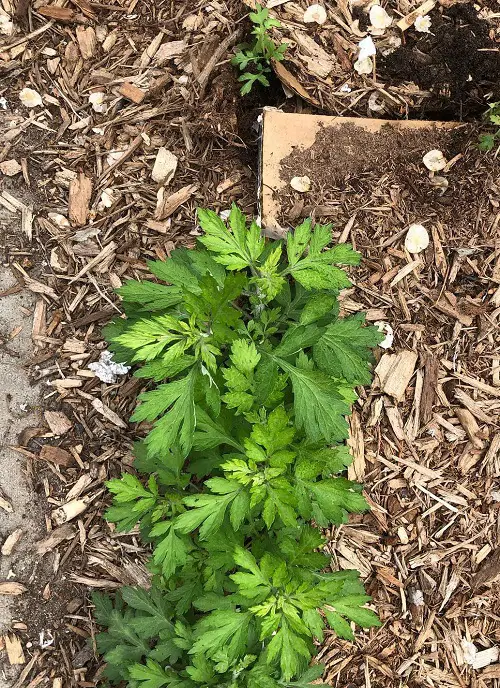
Botanical Name: Artemisia vulgaris
Mugwort is another invasive weed that looks like a Marigold. It has deeply divided leaves that are lobed and is often found along roadsides.
3. Wild Carrot
Botanical Name: Daucus carota
Wild Carrot weeds also have foliage that is finely divided–it is cut into many smaller segments. This is what makes it a Marigold foliage look alike.
4. Bishop’s Weed
Botanical Name: Aegopodium podagraria
Bishop’s Weed grows in shady and wet places and is known for its lanceolate leaves with serrated margins. You can hardly tell it apart from Marigolds if it is not flowering.
5. Tansy
Botanical Name: Tanacetum vulgare
Both Tansies and Marigolds have fern-like leaves that are divided. But you can tell them apart because the foliage of Tansy is dark green, not bright like Marigolds.
6. Canadian Waterweed
Botanical Name: Elodea canadensis
Canadian Waterweed has long leaves that are pointed with sawtooth edges. These are just like Marigold leaves but a bit slender.
7. Hemlock
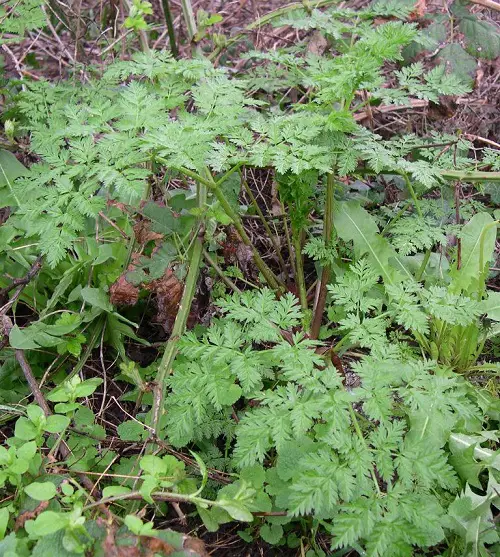
Botanical Name: Conium maculatum
Hemlock is highly poisonous, so you need to be able to distinguish it from Marigold foliage. The leaves have a delicate texture and lacy foliage, but they are actually quite stiff. Plus, it is darker in shade.
8. Water Hemlock
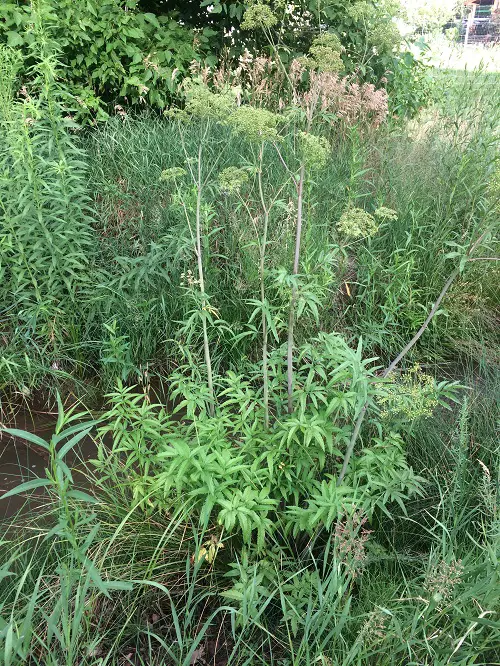
Botanical Name: Cicuta spp.
Water Hemlock is a highly toxic weed with finely divided, fern-like lanceolate leaves with serrated margins. It’s just like a marigold but is common near water sources.
9. Field Pennycress
Botanical Name: Thlaspi arvense
Field Pennycress also has deeply divided leaves. These are arranged oppositely on the lower stems and look like Marigold leaves. But these are actually a bit flatter than Marigold.


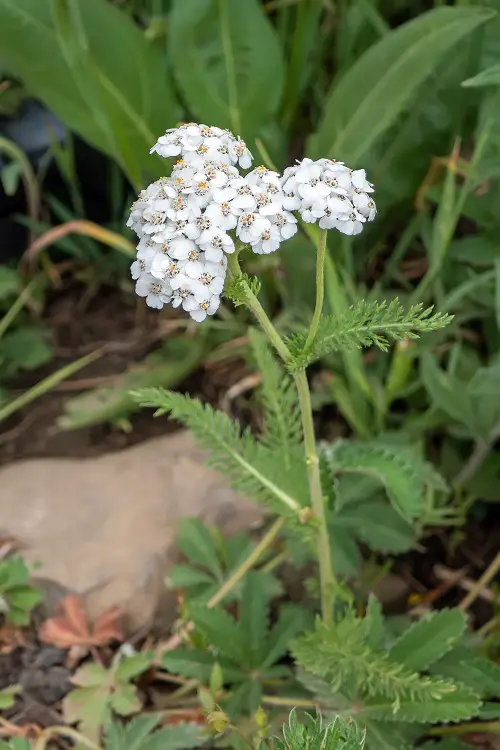
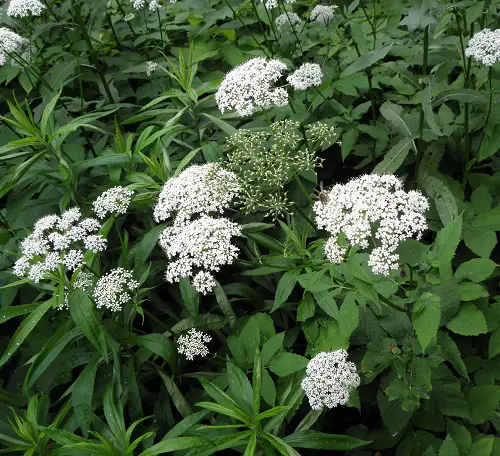
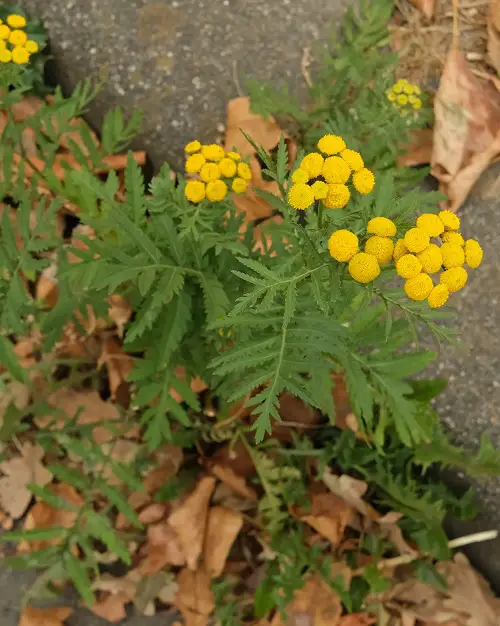
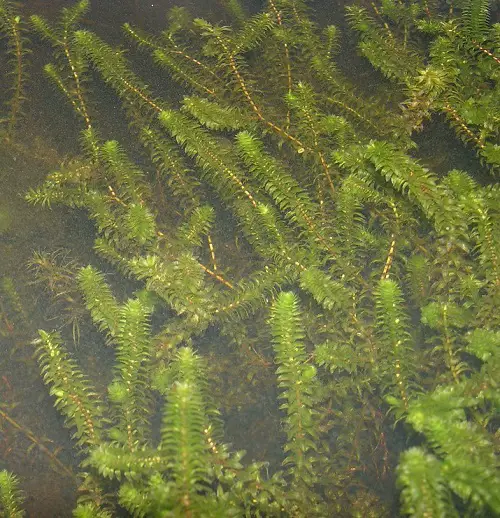


The image of “wild carrot” is actually a wild parsnip, a dangerous plant! If anyone sees this plant do not get the sap on your skin. It can cause burns that show up a day or 3 later.
Actual wild carrot has lacy white leaves and is known as Queen Anne’s Lace. It has a dangerous look-alike, so be careful.
From NY Invasive Species (IS) Information: “While wild Parsnip roots are edible, the plant produces a compound in its leaves, stems, flowers, and fruits that causes intense, localized burning, rash, severe blistering, and discoloration on contact with the skin on sunny days.”